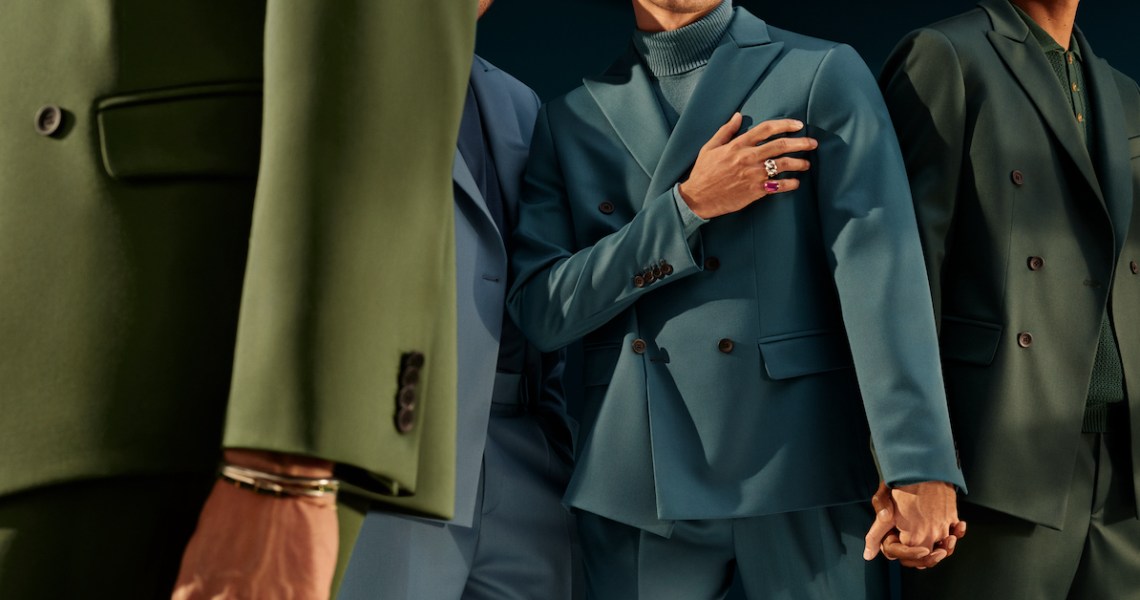Raji Behal, head of US partner success, Klarna
Amid the ongoing disruption of retail in the last few years, the luxury industry is experiencing its own dramatic change. Driving the shift is a new generation of younger luxury shoppers with distinct preferences on how and where they want to shop.
Today, Gen Z and millennial shoppers scoop up premium goods faster than anyone else and bring entirely different preferences and priorities than older generations. In the past 12 months, Gen Z (60%) and millennial (63%) luxury purchases have outpaced spending by Gen X (46%) and baby boomer (18%) shoppers, according to a new report from Klarna.
Younger shoppers becoming the top purchasers in luxury represent an amazing opportunity for savvy retailers. The chance to create long-lasting connections with these shoppers — and the lifetime value they’ll create — while redefining what the luxury shopping experience entails is massive and exciting.
So, what propels younger people to shop luxury in such high numbers, and what are their new needs and wants? The answers lie in new accessibility, a demand for sustainable business practices, and the intersection of technology with the shopping experience.
Social media brings luxury to the people
Thanks to social media, discovering and falling in love with luxury goods has never been more accessible, with 78% of Gen Z and 70% of millennials already following high-end brands on social channels.
The rise of social media influencers has also brought premium items into view among younger generations, with 1-in-2 Gen Zers looking to influencers to identify the latest trends in luxury. These digital stars offer premium brands an opportunity to reach shoppers in new places and improve engagement rates for luxury content thanks to their uniquely loyal followings.
Some of the industry’s most innovative brands already recognize these new opportunities, forming partnerships with the internet’s most sought-after celebrities. Louis Vuitton has worked closely with YouTube star Emma Chamberlain for several years and recently featured her as the face of its Fall/Winter 2021 shoe collection, while Prada tapped TikToker Charli D’Amelio to sit front row at its 2020 Milan fashion show to promote its collection.
Social media is also more than just a discovery channel. Of Gen Z and millennial consumers following luxury brands on social media, 84% and 81%, respectively, have purchased a product after seeing it on social media, underscoring the new shopper acquisition opportunity.
Green with luxury
Surrounded by an ever-growing climate crisis and eager to create change, Gen Z and millennials vote with their dollars and have amended many consumption habits to reflect their values. Brands prioritizing greener initiatives stand out, with 67% of Gen Z and millennials factoring luxury brands’ sustainability practices into their purchase decisions.
Luxury shoppers seek well-made products that will last a lifetime and recognize they can help the environment and their bank accounts through buying less and buying better. Among premium shoppers, 57% believe buying high-end goods is more sustainable, and 1-in-2 say their purchases save them money in the long run.
Younger generations also recognize premium purchases can hold value over time. If they want to move on from an item, they’ll participate in the circular economy by reselling and recouping much of their money without creating more waste.
Upscale shopping experiences that connect
Luxury brands can sometimes be slow to embrace new technologies and disrupt the traditional status quo. However, most high-end shoppers (78%) see premium brands’ commitments to innovation and new technologies as a decisive reason for purchasing an item.
Consumers are ready and eager for new technologies to enhance their lives and shopping interactions, and luxury’s leading players are diving in. In 2021, Gucci launched virtual sneakers, called The Virtual Gucci 25, which could be worn by users in augmented reality, as well as on the online gaming platform Roblox. Burberry is also utilizing AR, leveraging the technology to enhance its online shopping experience, celebrate new product launches and more.
Virtual shopping, which brings the in-store experience online, is another innovation gaining momentum. Brands like Rag & Bone are leveraging this new technology to make its online shopping experience more high-touch and personalized.
And as NFTs become more widespread and the lines between virtual and real-life blend further, luxury brands need to be leading that evolution — 70% of people already familiar with the metaverse are interested in shopping for luxury goods there, with millennials (76%), Gen Z (69%) and Gen X (67%) the most eager.
Luxury’s new watchword: Flexibility
Demand for more connected omnichannel retail experiences is not new, but has accelerated in recent years due to the rise of e-commerce and evolved shopper demands during the pandemic. These preferences also hold true within the high-end category. Luxury’s new generation of shoppers want — and expect — flexible, seamless experiences wherever and whenever they shop, whether in a physical store or browsing a mobile app.
The most important factor to younger luxury shoppers when shopping online is the ability to pick up their items at a store (Gen Z: 57%, millennials: 54%). This preference for greater convenience and flexibility also extends to the checkout experience, with 87% of Gen Z and 89% of millennials saying they find significant value in flexible, interest-free payment options.
Providing these additional layers of flexibility and convenience is critical to reaching the new generation of luxury consumers in a meaningful way, and ensuring they have the most enjoyable experience possible.
Sponsored By: Klarna




